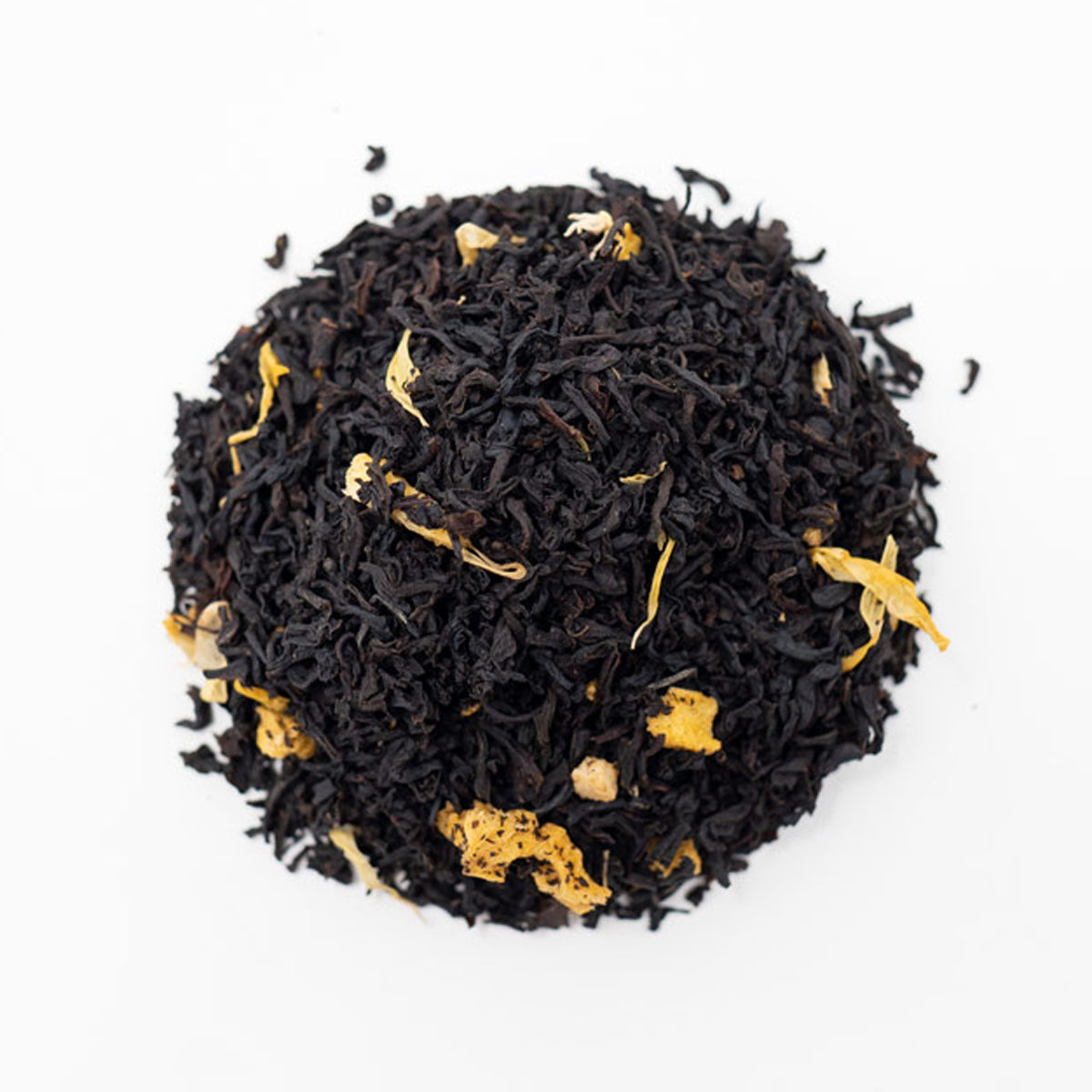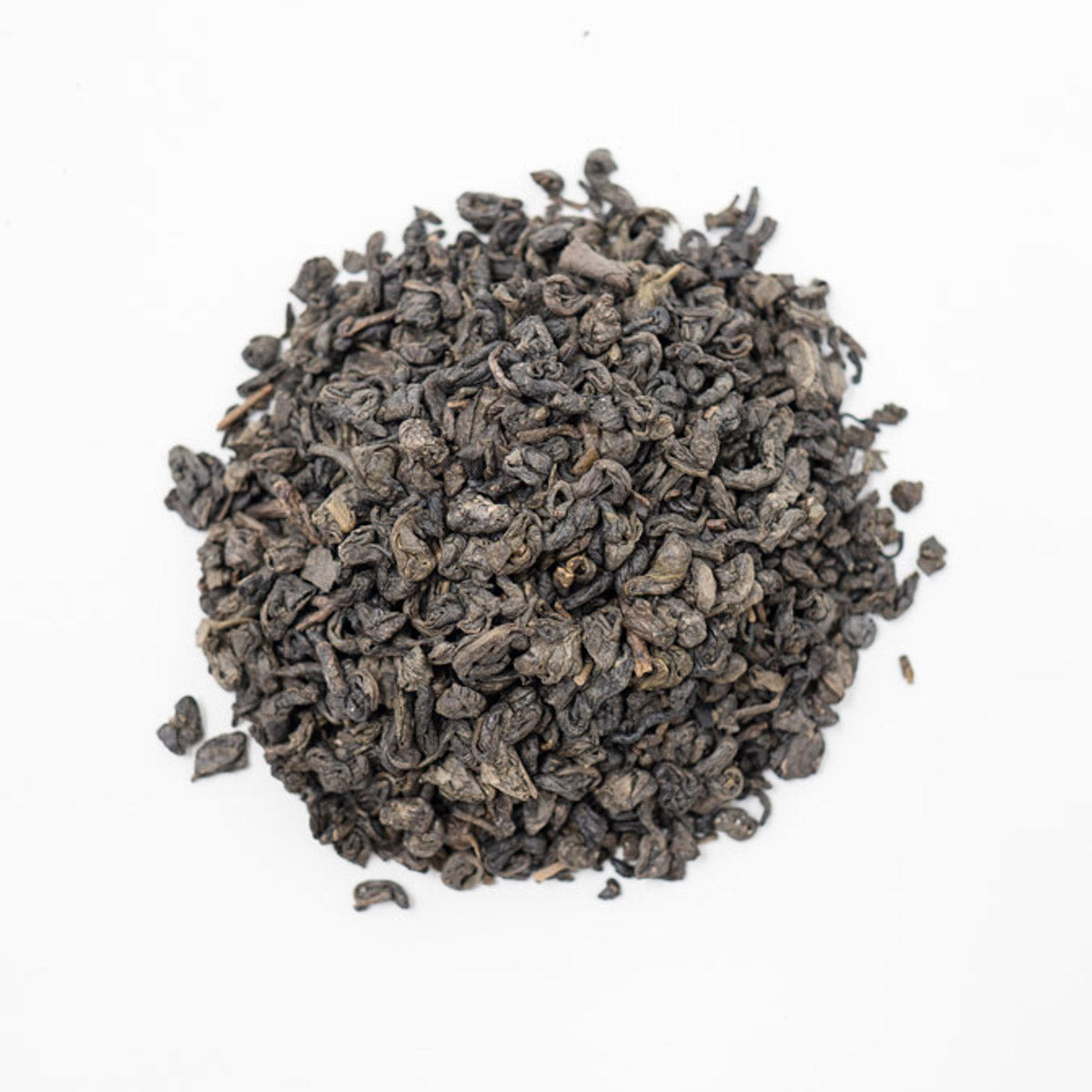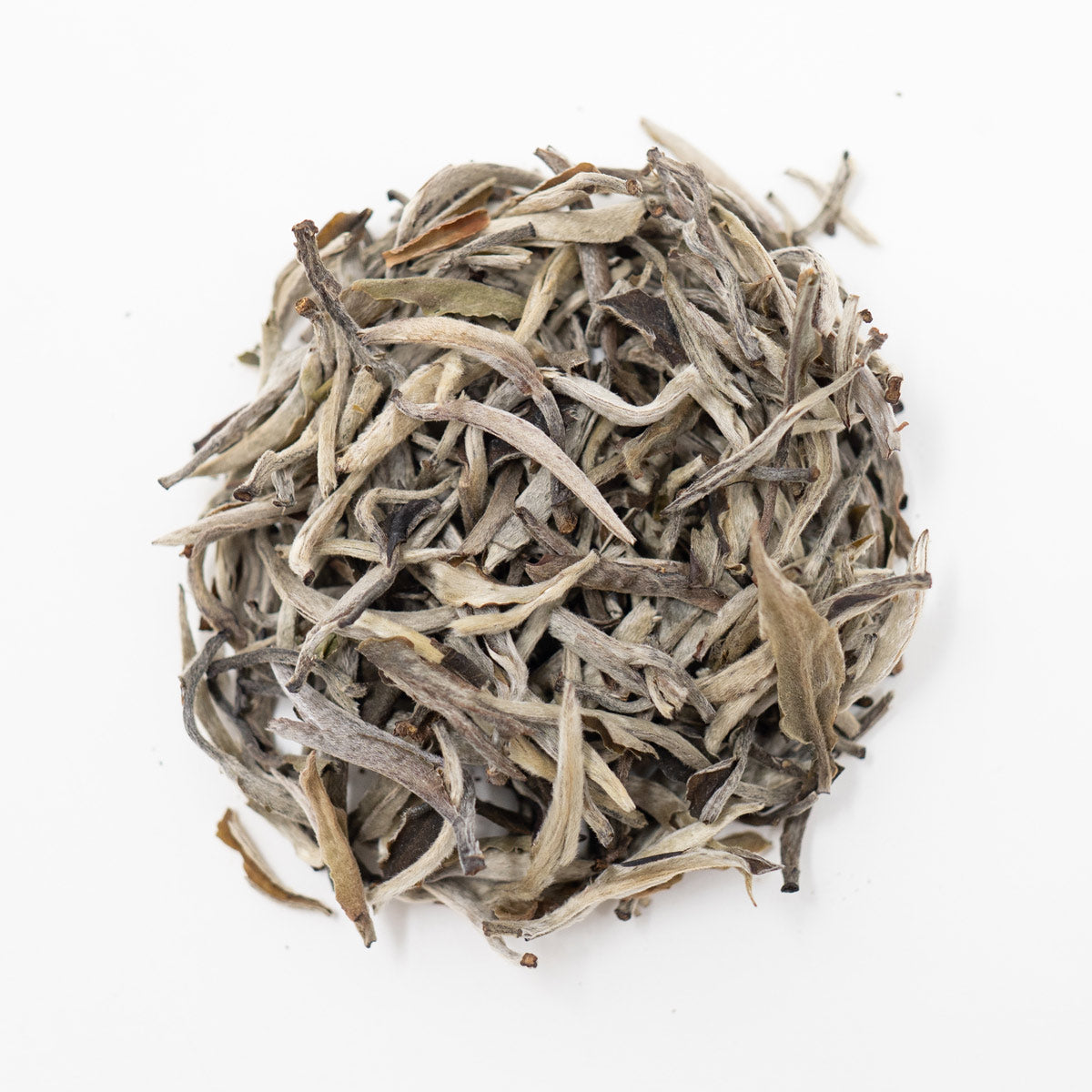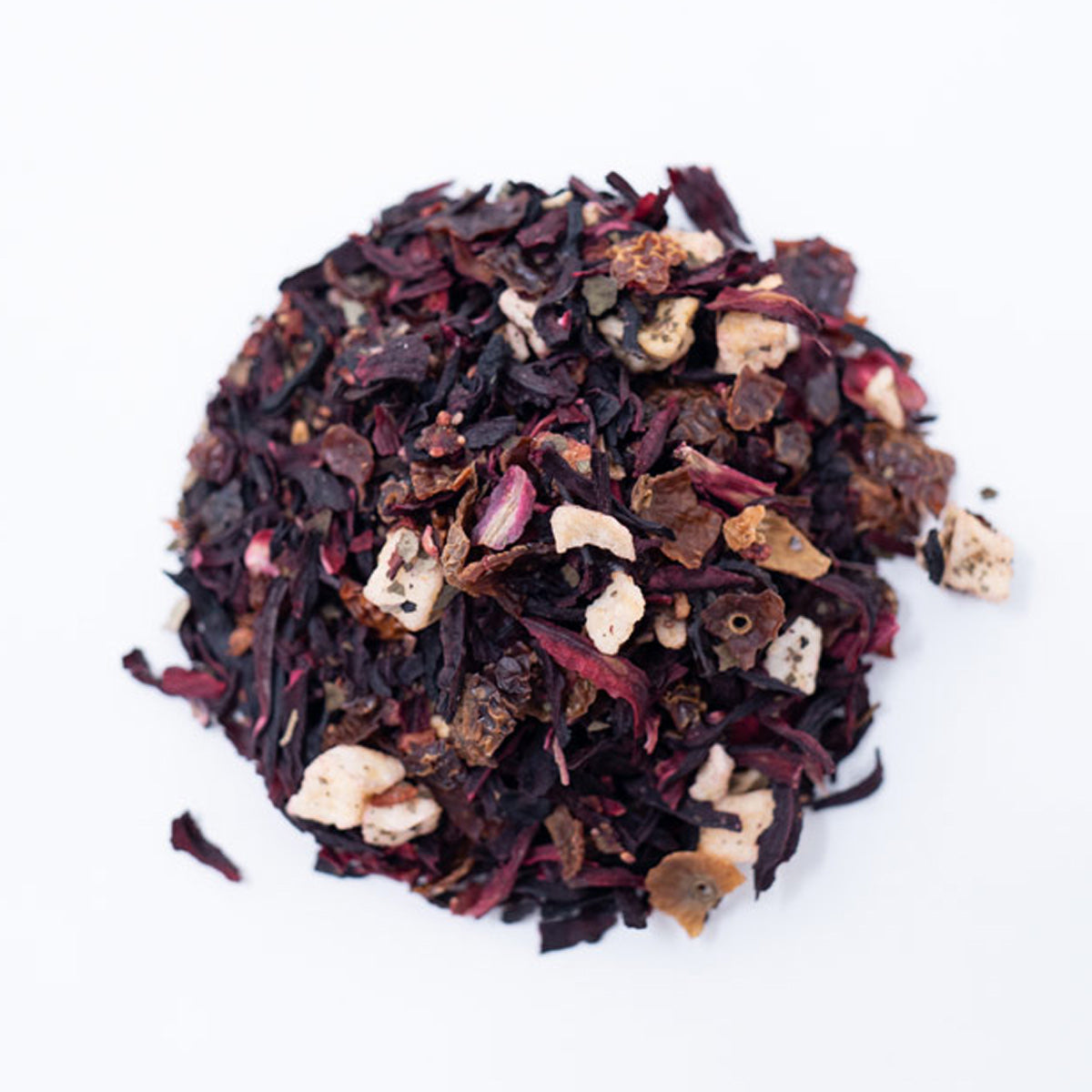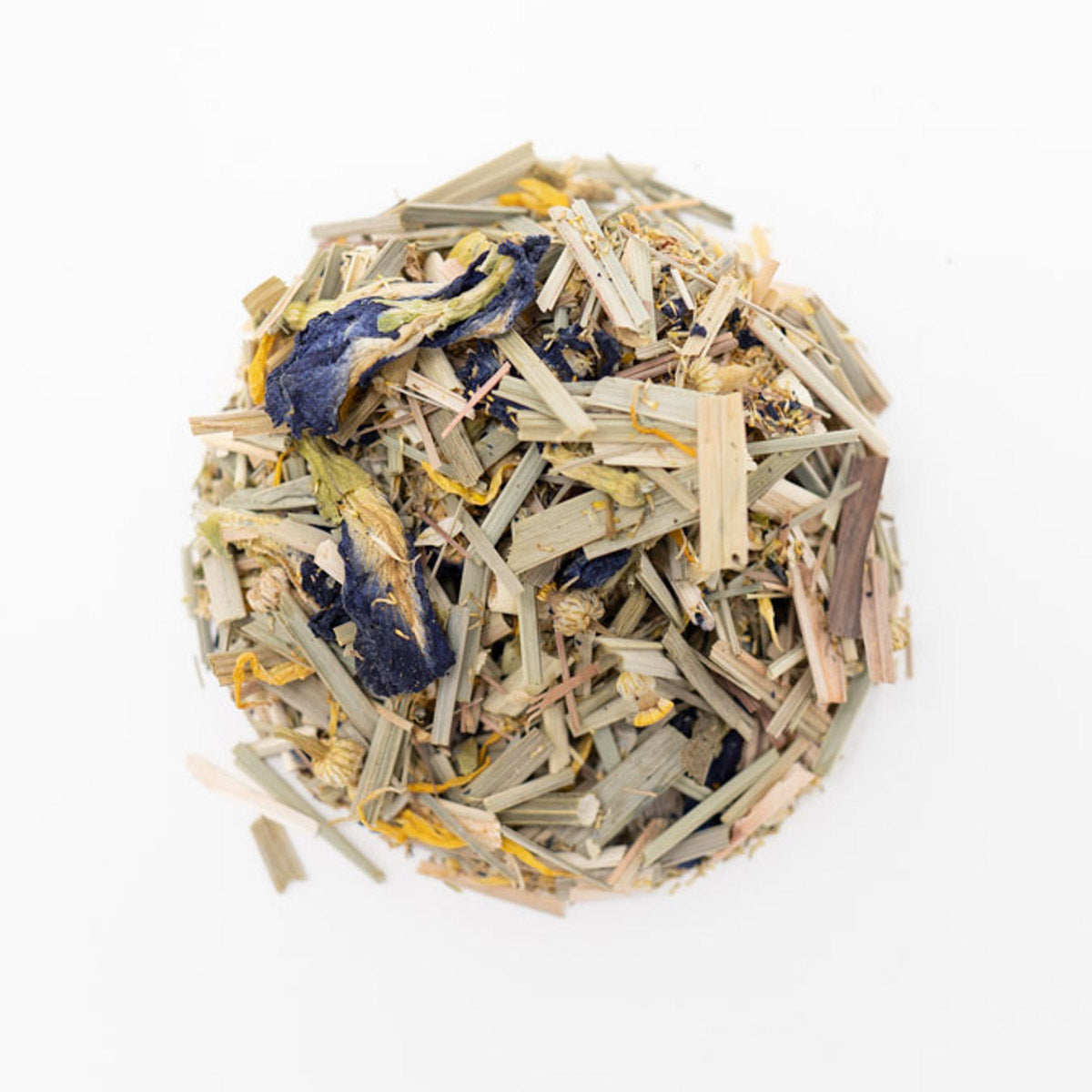Taiwan | The History & Cultural Influence of Tea
Tea from Taiwan is exceptionally delicious, and their origin story is fascinating. The tea industry in Taiwan is heavily influenced by China, Japanese investors, and British tea traders’ tastes and preferences. The result of these three influences is a unique tea culture and innovative tea varieties. Taiwanese teas, especially their oolong and black teas, are gaining immense popularity, and their domestic tea culture has developed across the entire island. Despite its rapid growth, Taiwan’s tea industry is still relatively new within the extensive history of Chinese tea. How has the island of Taiwan gone from a local provider to a significant distributor in the global tea industry?
History & Geography
Taiwan’s tea origin story begins with the Dutch East India Company (DEIC). In 1602, the DEIC was given ownership of all forms of trade from South Africa to South America. During its 200-year history, the DEIC created trading posts from South Africa all the way to Japan and established the European colonization of Asia. The DEIC was granted sovereignty over the lands they possessed. That included the islands of Indonesia, Ceylon, and regions of Japan and India. And soon, they would be adding Taiwan to that list.
Portuguese explorers were the first to discover Taiwan in 1542 and originally named it Ihla Formosa. In 1623, the DEIC arrived in Taiwan and used the island as a trading base with China and Japan. Once the DEIC realized Taiwan’s valuable source of sugar, rice, and deer hides, they built forts to protect their trading interests. The Dutch improved Taiwan’s infrastructure and boosted its economy by establishing tax systems, building schools and churches, and instituting rules and regulations. These new guidelines were used to govern tariffs, land ownership, and agricultural production. The DEIC employed many Chinese immigrants to farm profitable amounts of rice and sugar cane. Chinese traders visiting from the Fujian province were the first to introduce Chinese tea in Taiwan. It was not until 1717 that the discovery of wild tea was found in Taiwan’s central mountain region and eventually became a new source of commercial trade.
Although wild tea was discovered in 1717, tea cultivation did not occur in Taiwan until the 19th century when seeds from China were harvested in northern Taiwan. Due to China’s foreign trade restrictions, the tea grown in Taiwan was initially only used for trading with China or consumed locally. After the First Opium War in 1893-1842, China’s strict trading rules were annulled, and multiple ports were opened in China and Taiwan for foreign trade. Taiwan’s access to international trade paved the way for many new trading endeavors, including the establishment of their tea industry. In 1860, a Scotsman named John Dodd saw the potential of selling Taiwanese tea commercially and increased their tea production by providing loans to farmers. With the help of Dodd and Company, shipments of tea were exported to England and New York, and Formosa Oolong tea (the Taiwanese specialty) became a well-loved brew in the USA. These sales and positive reviews elevated the prestige of Taiwanese tea, and many other exporters were encouraged to set up their own shops. By 1885, tea exports increased from 180,000 pounds to more than 16 million pounds, and by the end of the 19th century, tea was Taiwan’s dominant export.
In 1926, the Tea Research Institute of Taiwan was founded. Its sole purpose was to examine agricultural methods to expand tea production and to cultivate innovative tea varietals that individually flourish in Taiwan. Many of the varietals they helped produce are still prominent to this day. With the help of international fairs, Taiwanese tea became advocated world-wide. The major countries receiving their tea exports included the United States, Britain, Japan, Hong Kong, and Russia. The upsurge of Taiwan’s tea industry and consumption closely coincided with the advancement of their economy in the 1980s. With the active encouragement of their tea culture, more emphasis was placed on the tea’s quality and the overall art of tea drinking.
This new focus on tea culture transformed Taiwan’s tea industry from a commercial, world-wide export to a domestic, everyday activity. Consequently, the tea industry in Taiwan shifted its focus from trading to internal consumption. Thus, it can be challenging to find authentic, high-quality Taiwanese teas outside of Taiwan.
Production & Types of Tea
Currently, there are around 20,000 hectares of tea farms in Taiwan, and they produce about 20,000 tons of tea every year. There are multiple tea varieties or cultivars, grown throughout Taiwan. Each type has its own unique qualities and characteristics, producing teas with varying flavors and aromas. The most common tea cultivars in Taiwan include Paochong, Oolong, Pomfong, Tieh-Kuan-Yin, and other forms of black and green tea. In 1968, a program similar to the Tea Research Institute was formed. It was initially named the Taiwan Tea Experiment Station and, in 2003, was renamed the Tea Research and Extention Station (TRES). TRES was established to educate the public about proper tea cultivation and the measures they are taking to maintain the security of the tea farms. Their other mission is to educate farmers on how to correctly harvest their tea while also emphasizing the conservation of water and soil. The TRES developed a slope land conservation tea farm, to provide a setting for teaching and demonstrating its conservation methods.
Recently, organic practices have been adopted and promoted by many Taiwanese tea farms. The reason for this boost in organic farming is to provide the public with healthier drink options and better protect their natural environment and ecology. To be considered an organic farmer, tea crops have to be free of chemically made fertilizers and pesticides. Instead, organic fertilizers and non-pesticide, biological control methods are used to cultivate crops and diminish pests and diseases. TRES is accountable for the research and innovative technology used for organic tea farming.
Because of Taiwan’s ideal tropical climate, they can produce premium, high-quality tea. Taiwan is in a subtropics zone, and its mountainous terrain provides the perfect environment for growing tea. The combining factors of elevation, cool, moist air, slower growth, and fertile, volcanic soil gives the tea their one-of-kind flavor and aroma. Taiwan has adapted its traditional tea processing methods to the evolving conditions of their environment. The island of Taiwan is like a tea plants’ paradise, and its versatile terrain produces a variety of local specialties. One of their most famous teas is Gaoshan (“high mountain”) oolongs. Initially, the only teas grown in Taiwan were Oolong teas. As their tea market expanded and production increased, they began cultivating green and black tea to meet their consumers’ demands. To this day, Oolong and Paochong tea are the most beloved world-wide and are synonymous with Taiwanese tea.
Taiwan emphasizes quality over quantity, and that indeed shows in the tea they provide. Tea is more than a beverage and is part of the social fabric of Taiwan. The art of drinking tea plays a significant role in their daily life. A famous Taiwanese phrase is, “You have friends, and you have tea – so you’re rich!” That is a motto I can stand behind. It is a helpful reminder that you only need your loved ones and a delicious cup to have a fulfilled life.
